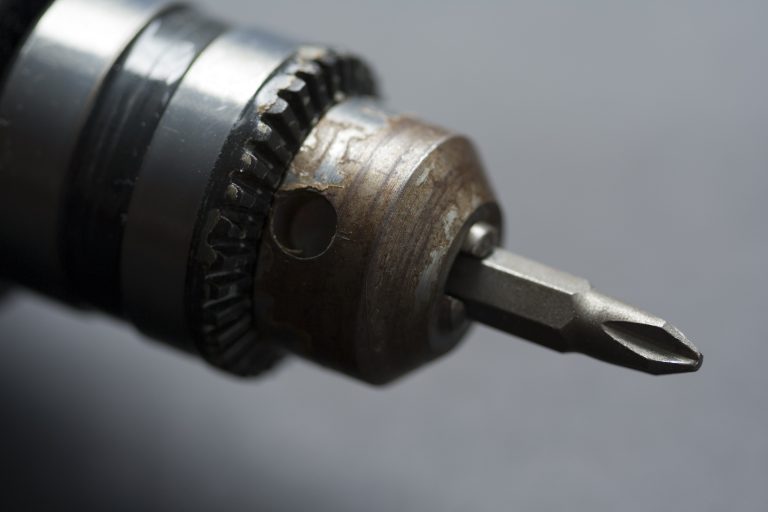This installment is part three of a five-part series on bearings in power tools. To catch up, see the following:

Power hand tools must be designed and manufactured so that they can be held by an operator for long periods of time. Bearings must be mounted properly, have the proper preload and have the proper lubrication type and amount in order to minimize the running temperature.
All bearings should be manufactured using components produced from high purity material. Bearing rings and balls are most commonly produced from SAE 52100 chrome steel. This thru hardening alloy has excellent fatigue strength and wear resistance, and is the most cost effective choice in a non-corrosive environment.
In hand tools, bearings are typically well protected within a housing or enclosure. However, if there is risk of exposure to moisture or corrosive attack, martensitic stainless steel, similar to AISI 440C, is recommended. This 400 series stainless steel offer the best combination of corrosion resistance and fatigue life. It provides good corrosion resistance and has fine, evenly dispersed carbides which result in lower noise and vibration levels than 440C. This material can be specified differently by manufacturers.
In some cases, balls produced from ceramic materials, such as silicon nitride, are very beneficial. Ceramic balls are very light weight, highly polished, non-magnetic, exhibit high hardness and are resistant to attack from most liquids and chemicals. Ceramic balls greatly improve the high speed capability of the bearing. Bearings made of steel rings and ceramic balls are commonly called hybrid bearings. While ceramic balls have an impressive list of beneficial features, they are not typically used in hand held power tools.
Our series on bearings in power tools will be continuing over the next two blog posts, here’s links to the next installments of the series:

